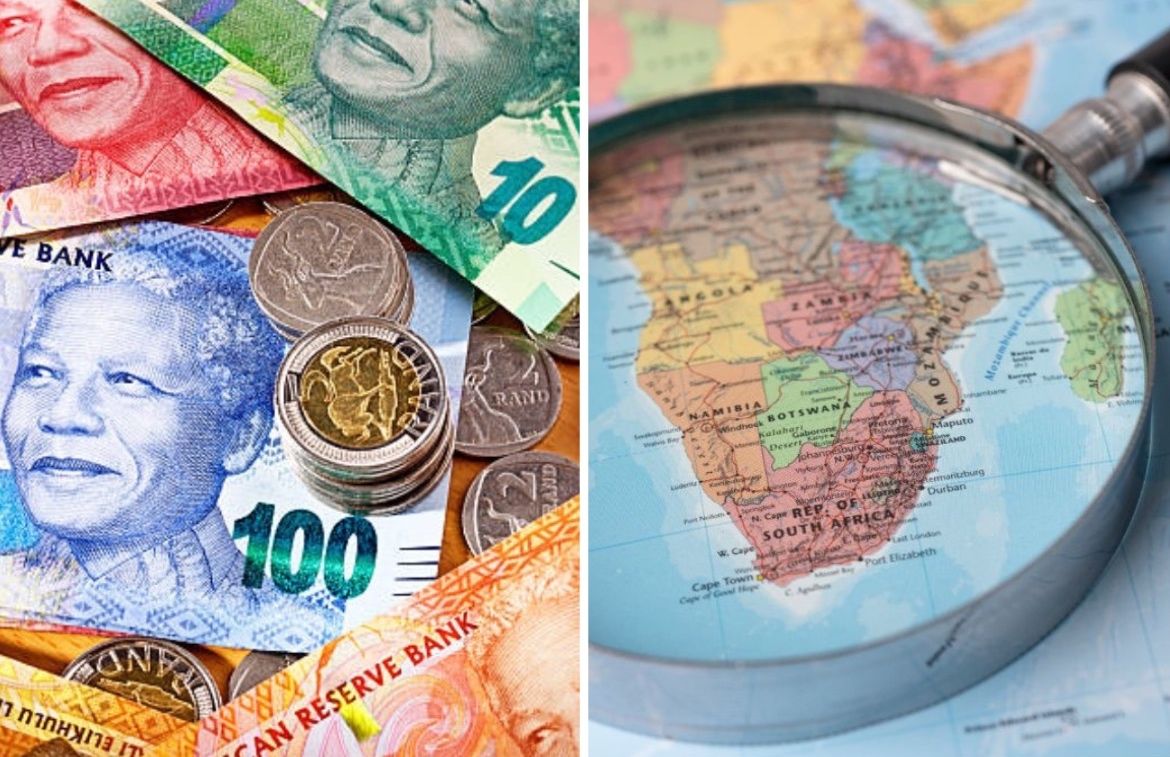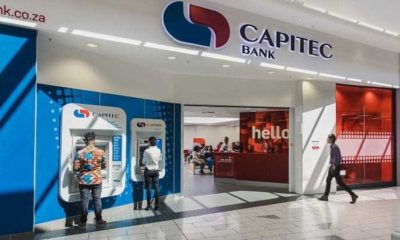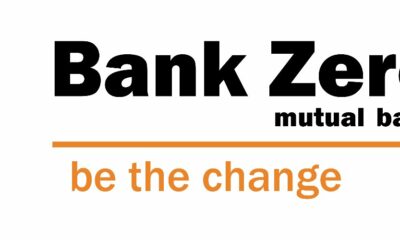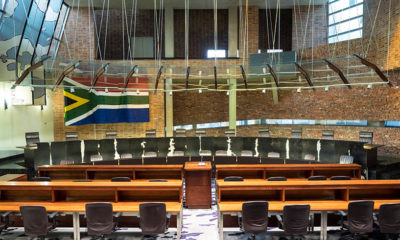Business
Stokvels Go Digital: Why South Africans Are Banking on Group Savings in 2025

Stokvels – the traditional South African group saving schemes – are no longer just a grassroots phenomenon. In 2025, they’ve become big business. As the country grapples with economic pressure and the rising cost of living, more South Africans are turning to stokvels as a trusted, collaborative way to manage money.
But there’s a twist: this time, the growth is being fuelled by digital innovation and mainstream banking.
A R13 Billion Boom
According to First National Bank (FNB), stokvel account balances soared by 66% year-on-year, reaching more than R13 billion by December 2024, compared to R8 billion in 2023. That’s a staggering increase – and it proves that when economic uncertainty rises, so does the appeal of collective financial action.
FNB says more than a third of its customers are actively participating in stokvels. The message is clear: for many, saving in a group is more practical – and more secure – than going it alone.
The Digital Stokvel Revolution
What’s driving this explosive growth? Ironically, it’s not just tradition – it’s technology. FNB credits its digital stokvel accounts, first introduced during the COVID-19 pandemic, for removing many of the barriers to entry. These accounts are fee-free, easy to manage, and accessible via mobile apps – making stokvels more inclusive than ever before.
Similarly, the National Stokvel Association of South Africa reports a surge in digital stokvels, especially as mobile banking apps replace cash and branch-based payments. This move toward digital channels doesn’t just offer greater convenience – it enhances safety, too.
More Than Just Savings
Today’s stokvels are no longer just about short-term saving. Many groups are exploring investment strategies, such as shares, unit trusts, and other financial products. This evolution reflects a broader financial literacy trend in South Africa – and the growing appetite for long-term wealth creation.
While cash remains dominant in many communities, the gradual shift to digital platforms is a promising sign of greater financial inclusion. As more banks offer stokvel-friendly products, we’re likely to see further innovation in how South Africans save, invest, and build wealth together.
What the Banks Are Saying
Standard Bank has reported a 20% increase in digital payments over the last year, reflecting not just improved access to technology but a cultural shift in how consumers manage money.
“More than 50% of South Africans withdraw their salaries immediately after being paid,” the South African Reserve Bank noted in a recent report. Yet the growth in digital payments – particularly for stokvel contributions – shows that trust in formal financial systems is gradually being rebuilt.
A New Era for Collective Finance
Stokvels in 2025 are more than a savings mechanism – they’re a social, digital, and economic movement. As banks embrace the model and technology makes group saving safer and simpler, stokvels are becoming a key player in reshaping South Africa’s financial landscape.
In the midst of hardship, community and innovation are lighting the path forward.
{Source: MSN}
Follow Joburg ETC on Facebook, Twitter , TikTok and Instagram
For more News in Johannesburg, visit joburgetc.com



























